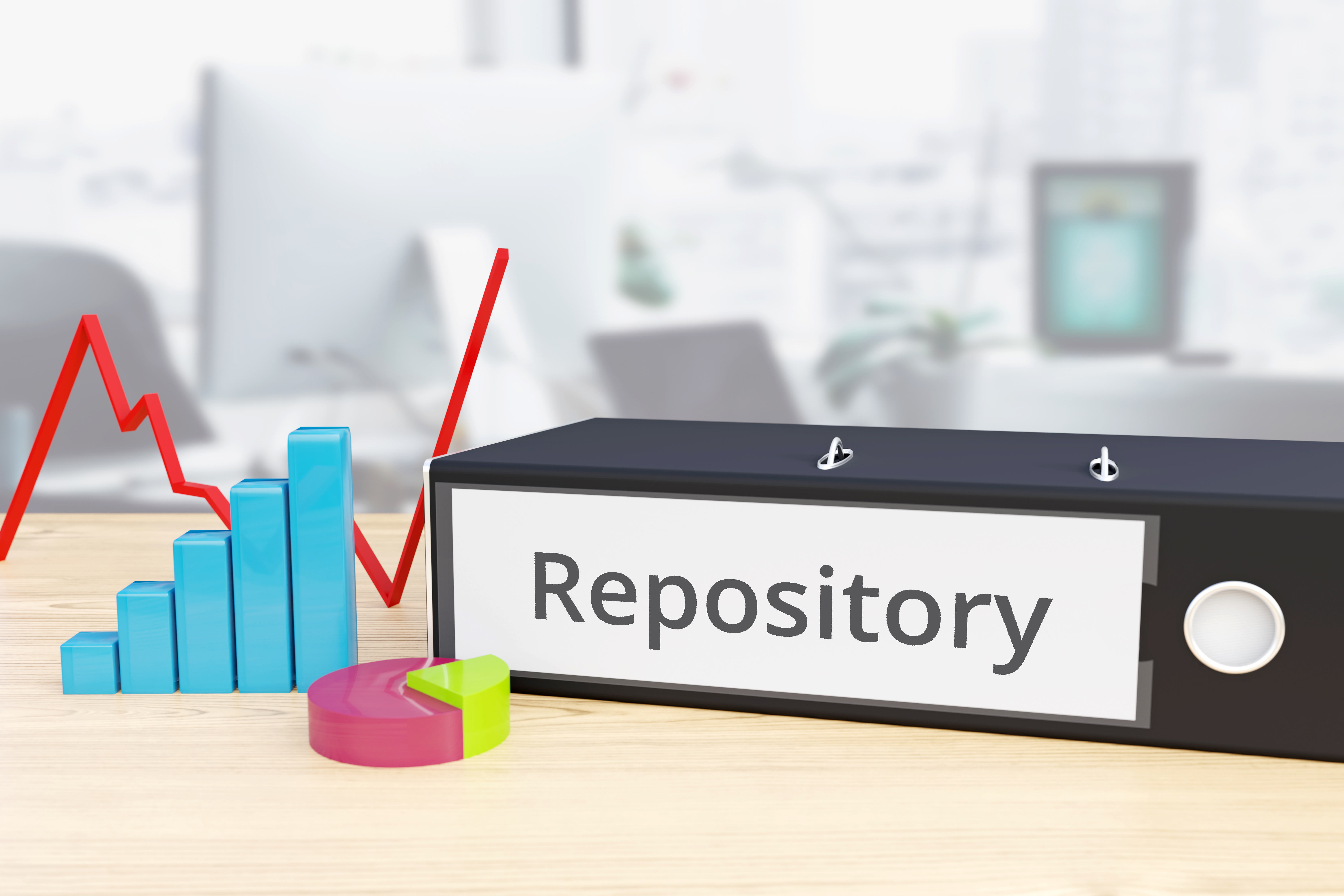Bad customer service: “it’s the people, stupid” or “blame the bosses' policies”?
In my previous blog entries I have argued about the validity of the People > Service > Profit idea and about the importance of Hiring Right. I am obviously of the view that the road to success for great customer service and experience (CX) excellence goes through People Management that is aligned with strategies making customer service and customer experience into a sustainable strategic differentiator.
First, let me add to this a few findings from the recent survey into the state of CX management by the Temkin Group:
- Mastering CX requires strong employee engagement
- CX leaders focus more on employees and less on cutting costs.
- Only 35% of companies received strong ratings on employee engagement, one of four key CX competencies
So, if “It’s the people, stupid” clearly is the operative phrase and not hard to understand, have you ever wondered why good customer service and a memorable customer experience seems to be the exception rather than the rule?
- Are good employees really in such short supply?
- Do companies really not know how to hire for success?
- Do companies really not know how to align People Management?
Not necessarily.
In many cases, bad customer service isn't caused by the employees. Instead, often a good part of the blame for poor service and bad experience lies with their bosses -- or, more specifically, the processes and policies put in place by the higher-ups that undermine the employee-customer relationship.
It's the pursuit of short-term growth that often drives businesses to engage in practices that end up alienating the very people they should be treating like royalty -- customers. Consider the following business practices that often lead to sub-optimal customer service.
1. Hyper-Focus on Selling to, Not Serving, the Customer
Greg Smith, a former executive director at Goldman Sachs, raised a ruckus when he recently publicly aired accusations against his former employer. He said that the company's focus was no longer on serving their clients; it became, instead, about "how we can make the most possible money off of them."
Problems like these are partially caused by difficulties in balancing long-term success goals with quarterly revenue growth goals. While long-term success depends on quality products and good service, short-term growth is sometimes best achieved by not acting in the best interest of customers.
2. Short-Changing Employees
For years, Costco has been pressured to pay its employees less. After all, the company is pretty generous with its compensation package compared to its peers -- with average per-hour pay about $6 to $7 higher than what is offered at Walmart's Sam's Club. In addition, Costco offers better worker benefit packages than most of its competitors.
So how does lower pay translate to worse customer service? Consider employee turnover. Higher-paid (and otherwise well treated) employees are more likely to be satisfied in their jobs and less likely to quit. Costco's employee turnover ranges from 6% to 20% each year, compared to 20% to 50% of Sam's Club employees who quit each year.
Customers benefit from employee loyalty. Costco customers are more likely to be served by experienced customer service representatives who can assist them quickly and competently, for example. Also, Costco can afford to keep prices low if it doesn't have to shell out a lot for expenses associated with recruiting, hiring, and training new employees.
Jill Donnelly, vice president of consultancy Customer Service Experts, adds: “Create a great employee experience so those employees can deliver a great customer experience. Do workers have to jump through hoops to get a day off? Is HR doing all it can to support them? Are their paychecks coming on time? A company’s service will be successful when the processes, leadership, communication, and learning and development are all aligned to support the service standards and the employees who deliver on them.”
3. Policies That Penalize
Ever been confronted with a team of employees who are eager to help, but all lack the authorization to solve your problem? Perhaps the item you wish to return needs to be processed by a manager. And that manager just happens to be unavailable at the moment because she is too busy carrying out other small tasks. Or perhaps the employee you're talking to is near the end of his shift, and can't go into overtime to solve your problem without management's approval.
Policies like these are often developed after some employees abuse their power by taking unnecessary overtime, or by helping their friends make a few extra bucks by refunding discounted items at their full price. In other words, some businesses create these policies in an attempt to minimize the opportunities employees have to rip off the business, especially when the accountants typically gain more power, in a recessionary environment.
However, such policies cost businesses money in other ways. They create a situation in which customer needs are only met after long delays, or not at all. The result: Consumers take their business elsewhere. And an old rule of thumb is that it costs five times more to gain a new customer than to retain an existing one... And the only thing worse for a business than bad customer service is having no customers to serve at all.
Excellence guru, Tom Peters agrees: “I can think of no company that has found a way to look after external customers while abusing internal customers. The process of meeting customer needs begins internally.”
In conclusion I would like to quote a few sayings in the consulting business:
- Bad process or policy stops good people
- Poorly served employees serve customers poorly
I would like to invite readers to chime in and share examples.
Eric Fraterman is a Customer-Focus transformist with a wide and deep customer service consulting experience in more than twenty industries and six countries over 25 years. He helps organizations create a Customer-Focus advantage for gaining and retaining business through exceptional customer service and experience.
He can be reached at [email protected] .
Websites: www.CustomerFocusConsult.com & www.CustomerExperienceWorkshop.net
LinkedIn: http://www.linkedin.com/in/440216ericfraterman
 CA-EN
CA-EN UK
UK AU
AU US
US NZ
NZ PH
PH ZA
ZA SG
SG HK
HK


